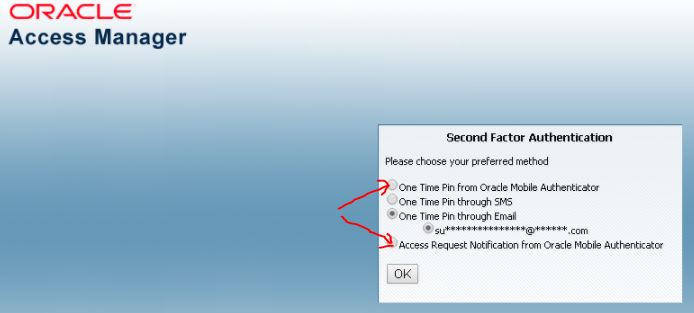Integrating OAM, OIM and OAAM
Complete Integration of OAM, OIM and OAAM Here is the Integration Roadmap steps Number Task Information 1 Verify that all required components have been installed and configured prior to integration. LINK 2 Integrate Access Manager and Oracle Identity Manager. LINK Integrate OAM, OIM 3 Configured LDAP synchronization for Oracle Identity Manager. LINK 4 Integrate Access Manager and Oracle Adaptive Access Manager. LINK Integrate OAM, OAAM 5 Set up the integration between OIM and OAAM LINK Integrate OIM, OAAM 6 Perform additional configuration that you may need depending on your requirements. LINK Oracle OBE Link for OAM and OIM integration with all steps explained Oracle OAM and OAAM integration Integration OIM and OAM - includes pre-requisites What are the advantages of OIM and OAM integration Users...

